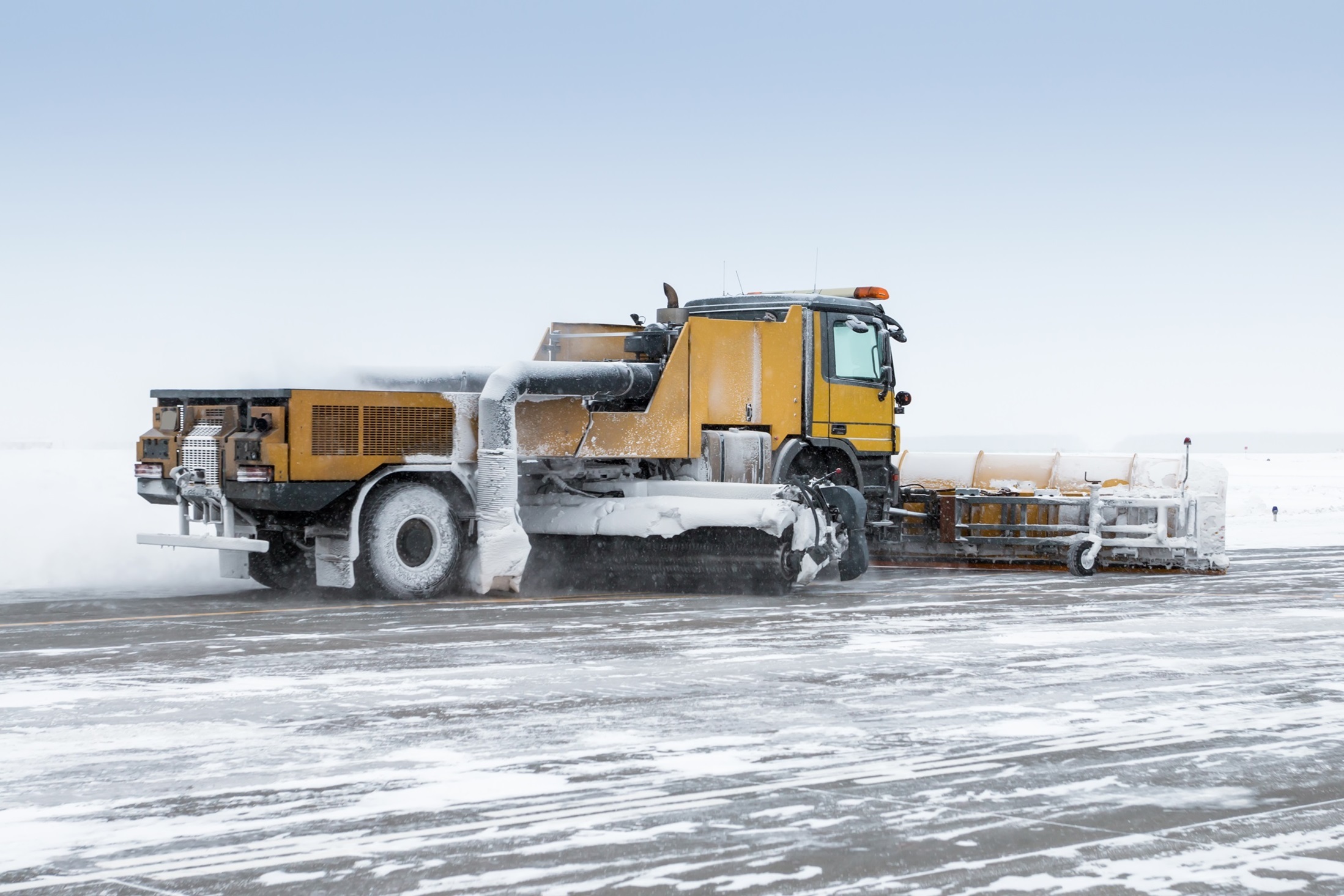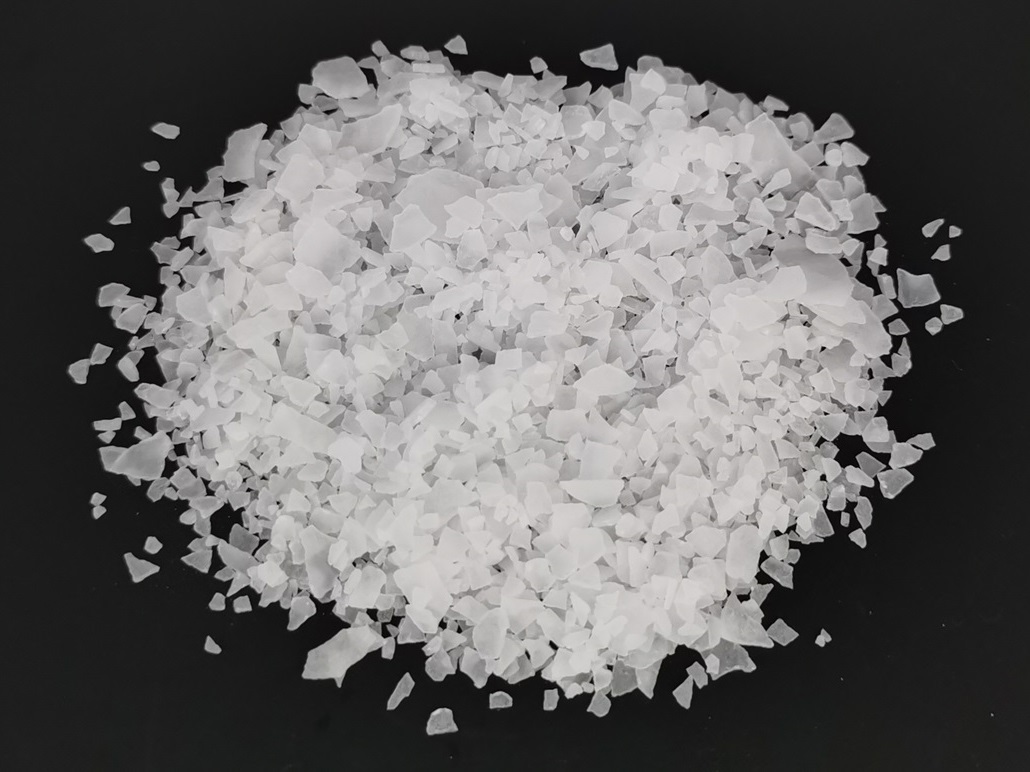Snowmelt & Dust Control
Snowmelt & Dust Control
Snow and ice cover in winter will affect residents' life and urban operation to varying degrees. People usually remove snow and ice by using ice melt agents and machinery. Although there are a variety of non-chloride ice melt agents on the market, from the perspective of economy and efficiency, chloride ice melt agents are still the best choice.
The three most commonly used chloride ice melt agents are sodium chloride, calcium chloride, magnesium chloride. As sodium chloride causes more environmental problems, the latter two are more widely used, especially in developed countries.
Due to the hygroscopic properties, chloride salts absorb the surrounding moisture and form a brine solution at a fast rate, spreading and depressing the freezing point of ice or snow, turning the mixture into a liquid or semi-liquid slush, triggering the surrounding ice to melt.
Generally, the practical lowest temperature limits for the two salts are: magnesium chloride (5℉or -15°C), calcium chloride (-25℉or -31.7°C). Both work with very high efficiency. Magnesium chloride has less impact on the environment. Calcium chloride can work at lower temperatures.
Magnesium chloride and calcium chloride also have a dust control capability and are routine products in this field. They are hygroscopic materials which pull moisture from the air, keeping roads and surfaces damp with lower dust production much longer than water. They can work even in hot, dry conditions and don’t dry up like water, which provides a cumulative effect.
IMC offers high quality magnesium chloride and calcium chloride products with appropriate specifications (anhydrous/x-hydrate, prill/pellet/flake, yellow/white) for customers.
Recommended Products
Calcium chloride can be extracted from brine or by reacting calcium carbonate and hydrochloric acid or by reacting limestone and hydrochloric acid or produced as a by-product of the Solvay process.






